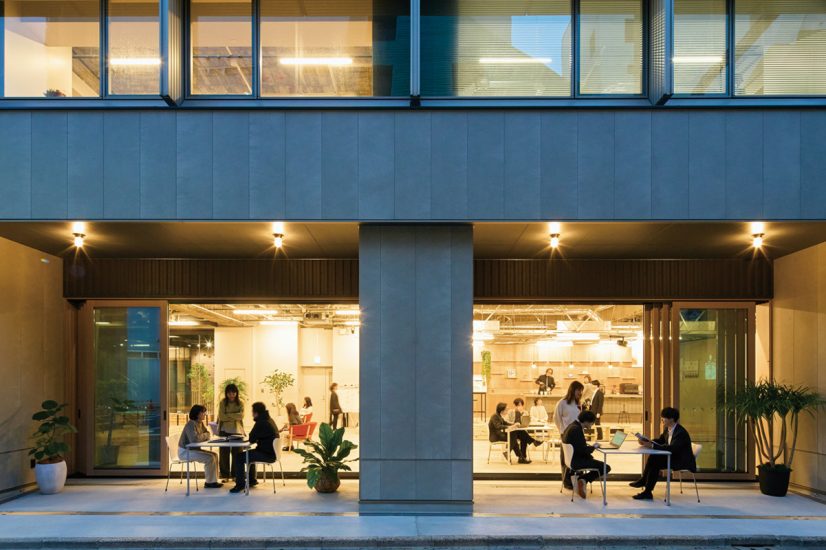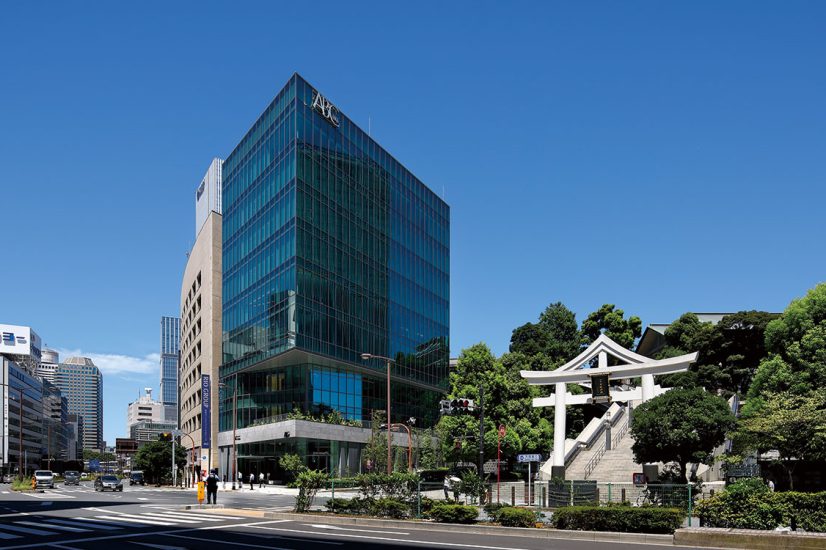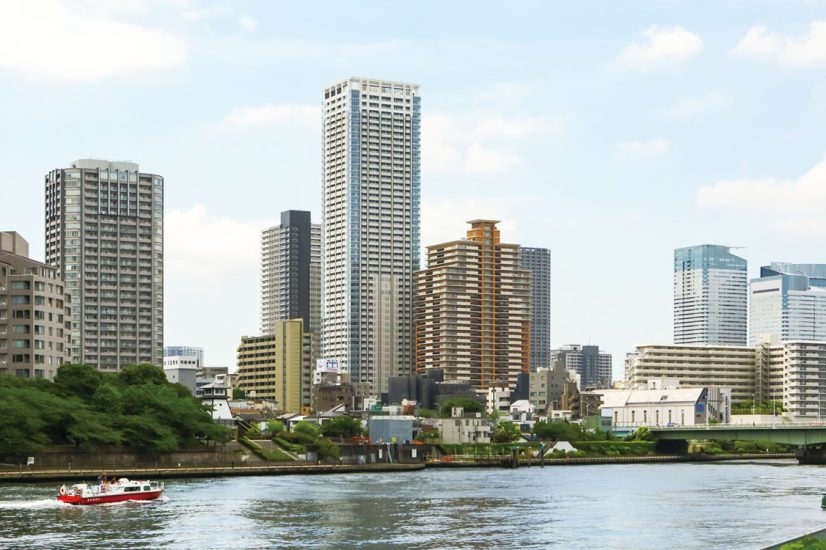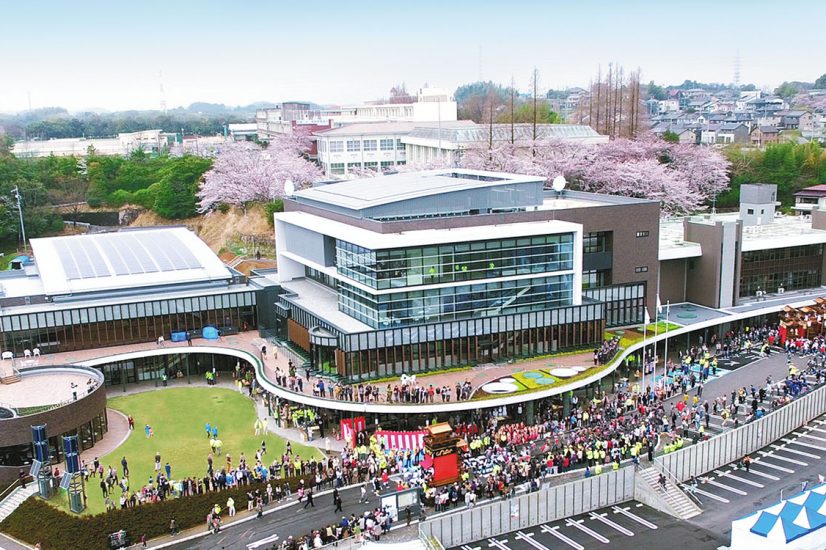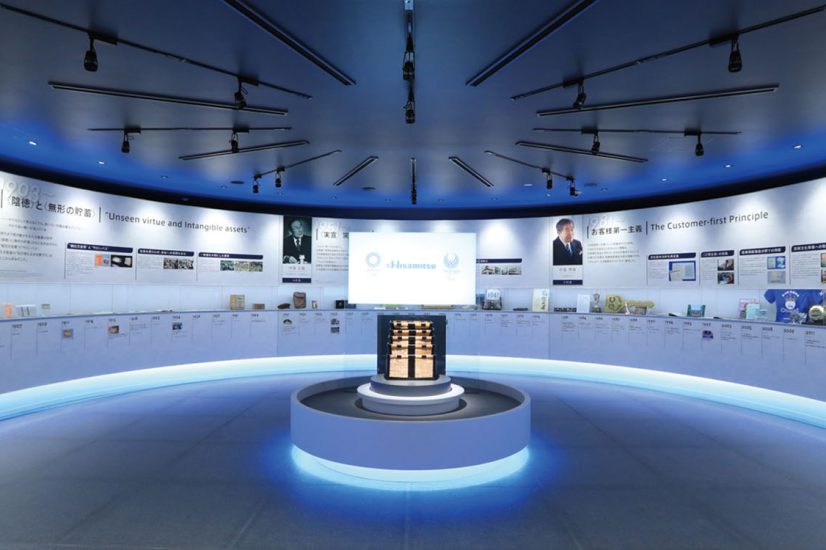Yasui Architects & Engineers, Inc.
Yasui Architects & Engineers, Inc.
Skyscraper air traffic control tower : The ultimate landmark with the airport’s design technology
Tokyo International Airport New Control Tower (hereafter referred to as “the new control tower”)
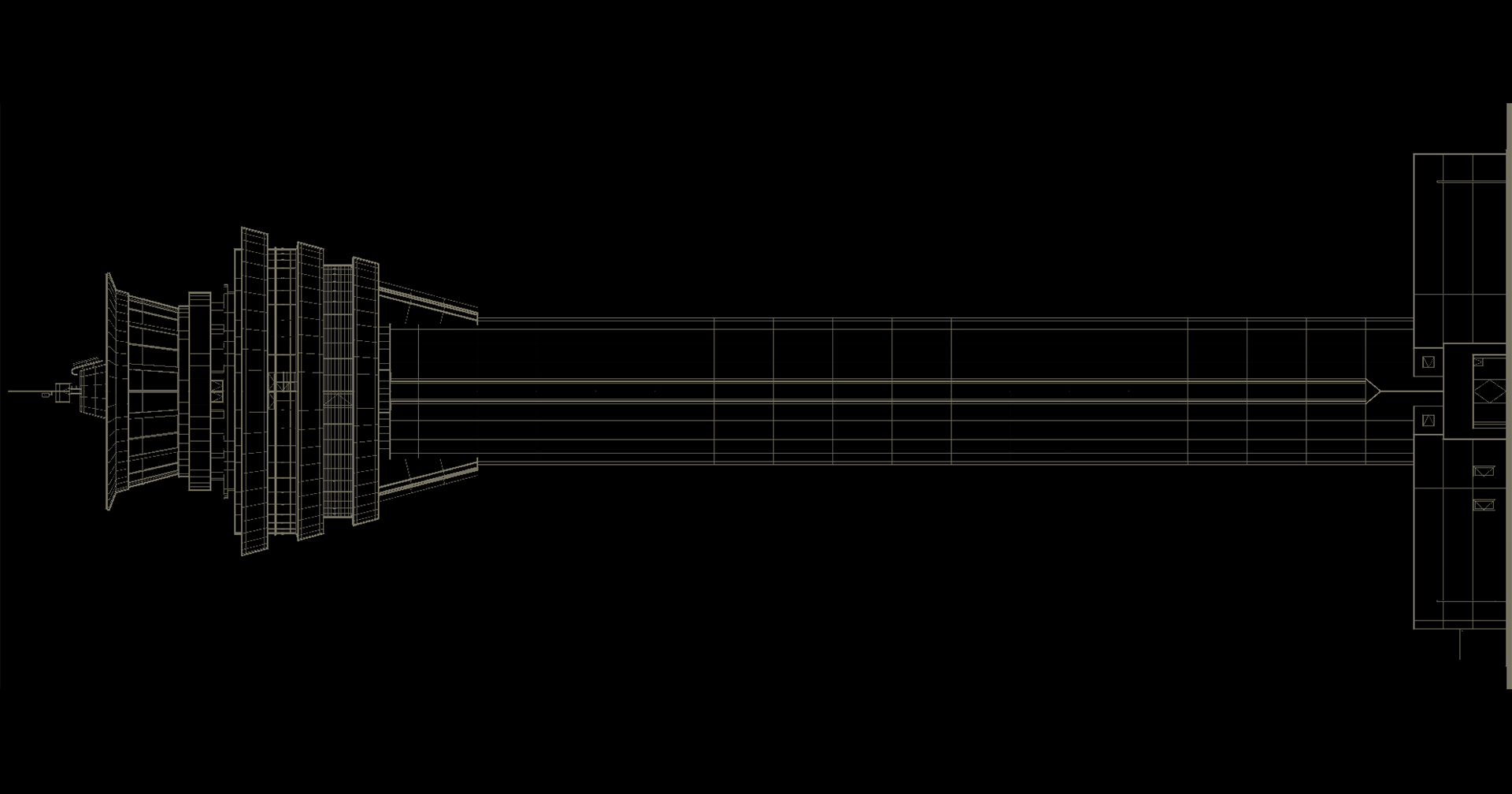
The nation’s tallest new control tower at 115.7 meters was built at Tokyo International Airport—Japan’s busiest hub for aircraft arrivals and departures.
Tokyo International Airport, commonly known as Haneda Airport, represents Japan’s leading air gateway, with 378,914 annual arrivals and departures in 2011. The utilization of the fourth runway had begun , and the airport was undergoing development and expansion, including the conversion to a 24-hour airport to accommodate international flights. Tokyo International Airport New Control Tower (hereafter referred to as “the new control tower”), completed in 2009, is the tallest in Japan at 115.7 meters and third in the world. It has emerged as a striking landmark of Haneda Airport. Kimiaki Hiraoka , who led the architectural design of the new control tower explains, “Our primary focus during the design process was to ensure a comprehensive view covering the new Runway D, which was invisible from the old tower, along with the other three runways, terminal areas, cargo area, international flight area, and both new and old maintenance areas. The design underwent numerous iterations; it was especially challenging due to the tower being sited on reclaimed land with a fragile foundation and also adjacent to an underground monorail. One of the key factors in realizing the new control tower was establishing an unprecedented compact foundation structure.” The new control tower significantly surpasses the previously tallest Chubu Centrair International Airport Control Tower at 86.75 meters by approximately 30 meters in height. Yasui Architects and Engineers has designed five out of the six super-tall control towers in Japan exceeding 60 meters (see figure below). This latest one is an embodiment of their accumulated technical expertise, positioning it as a crowning achievement in control tower architecture.
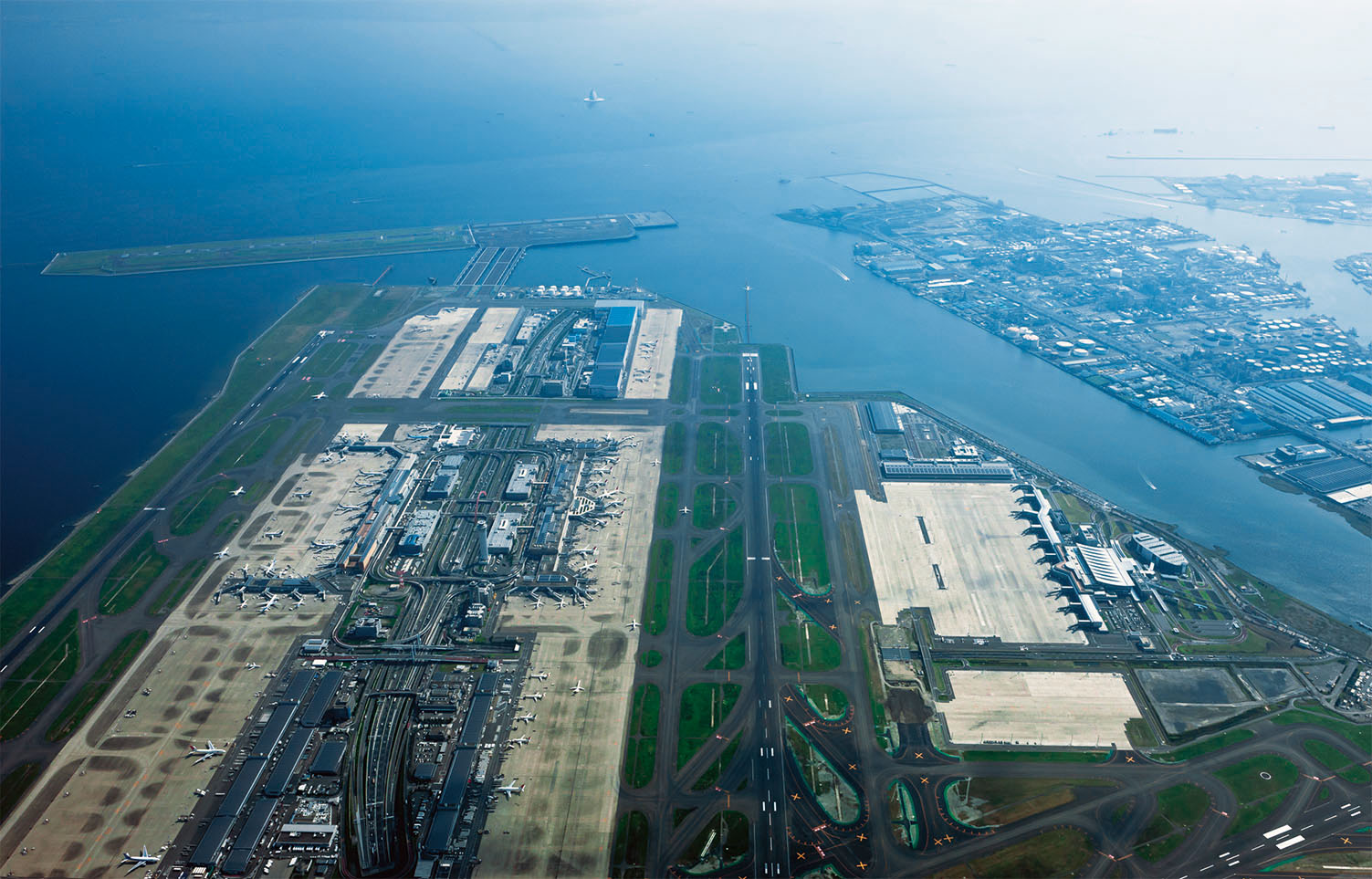
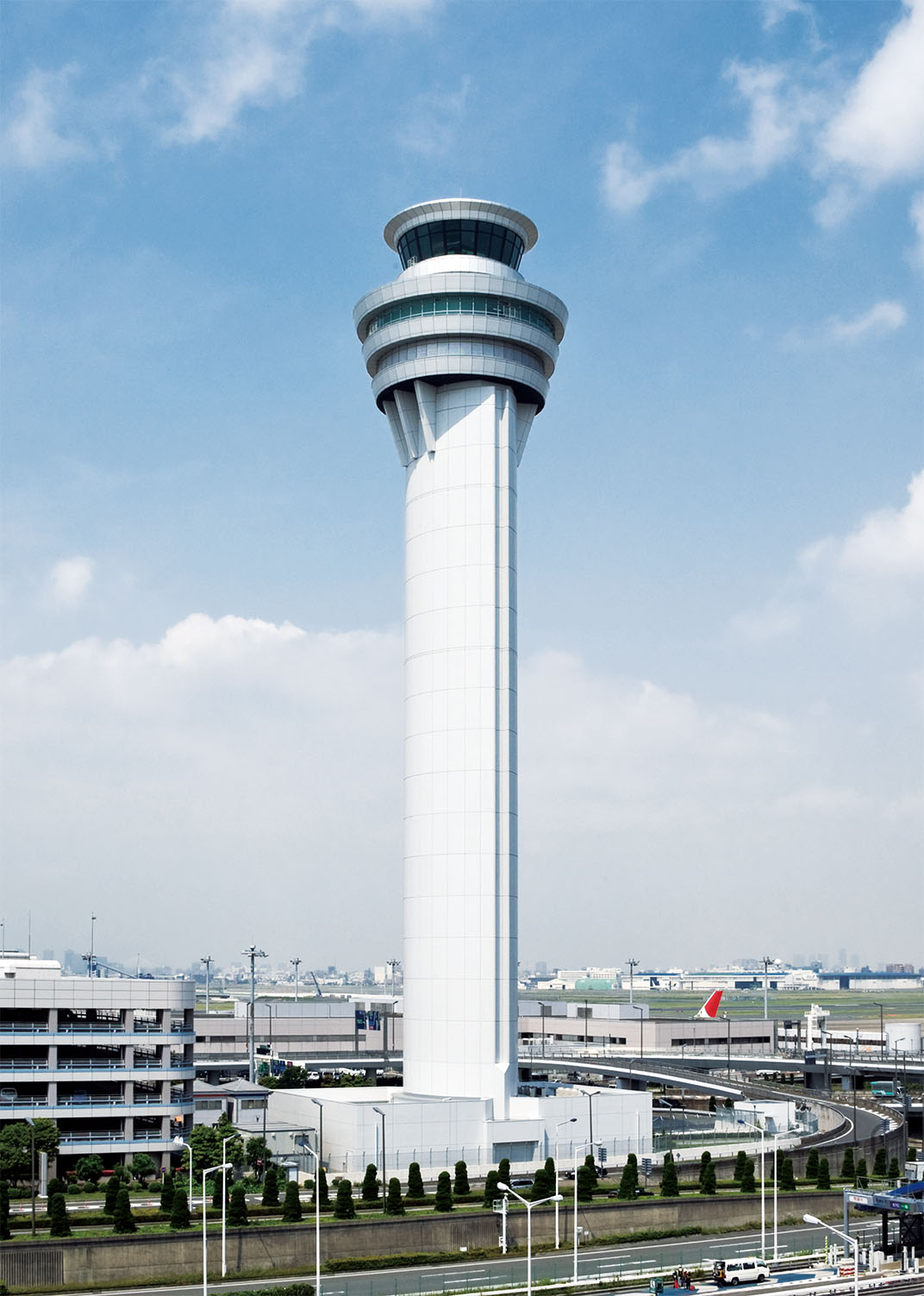
Responding to the controllers’ impassioned requests for air traffic visibility, the design accomplished the first unobstructed column-free room for a skyscraper control tower.
Approximately two-thirds of the land is mountainous in Japan, and the major airports are located near the coast or on reclaimed land. Takuya Yasuda , in charge of structural design, explains that he applied diverse technologies to the tower planned on the fragile ground, known as “Haneda mayonnaise,” spanning from foundation structures to seismic base isolation and seismic damper systems . “A tower over 100 meters high had to be stably erected on land where the ground was loose down to 50 meters below. The tower is supported by 104 specialized 50-meter-long piles with flanges at the tips under 25 x 30 x 6-meter-thick concrete foundations. All skyscraper control towers have been steel-framed, but this is the first one made of reinforced concrete (RC). Unique seismic isolators and seismic dampers have been installed to minimize wind-induced sway and enhance earthquake resilience,” says Yasuda.
Given the strong winds characteristic of seaside airport locations, which intensify with altitude, the tower’s slender build, with a width-to-height ratio of 1:10, is inherently more prone to sway compared to wider buildings, causing potential discomfort akin to seasickness for the controllers during strong gusts. “The control room is a critical nerve center where air traffic controllers guide aircraft between land and sky, a task requiring utmost precision and concentration.” Hiraoka continues, “Unlike an observation tower where tourists might spend an hour or so, controllers are stationed in the control room for extended periods, frequently shifting between standing and sitting and constantly adjusting their focus. As such, we studied how to reduce wind sway and improve the control room’s comfort to ensure they do not feel dizzy or uncomfortable.”
In addressing the challenge of achieving the necessary height for the control tower that exceeds 100 meters, Hiraoka elaborates, “The site is replete with existing structures, and expanding visual coverage necessitates increasing the tower's height. However, going too high increases the rate of cloud formation. We meticulously assessed which buildings would obstruct the view of aircraft taxing on the ground from the tower’s vantage point. To ensure optimal visibility, we repeated the process of projecting the areas obstructed by each building, as viewed from the controller’s eye level, onto the plans. Complete visual coverage is attainable due to the multitude of buildings, but if we know the hidden areas and the duration of the obstruction, we can monitor them through cameras. The 110-meter height was the culmination of addressing every concern, aligning with what air traffic controllers could reasonably accept or not.”
Since Haneda Airport has four runways, its control tower requires 360-degree visibility, unlike most airport control towers that only need half visibility facing the runway. The new tower’s control room meets this rigorous requirement with a birdcage-like, column-free space, which was realized by merging the outer glass sash with the columns and eliminating the central pillar. Yasuda further notes, “Air traffic controllers have an acute sense of responsibility under the visual flight rules of VFR , and they never compromise on visibility. To mitigate the sway during earthquakes, seismic isolators were uniquely positioned right beneath the room, reducing tremors by more than half and enabling a column-free design. Additionally, to counteract wind sway, dampers were installed, and protrusions were added to the tower’s sides, all contributing to significantly improving the comfort and habitability of the control room.”
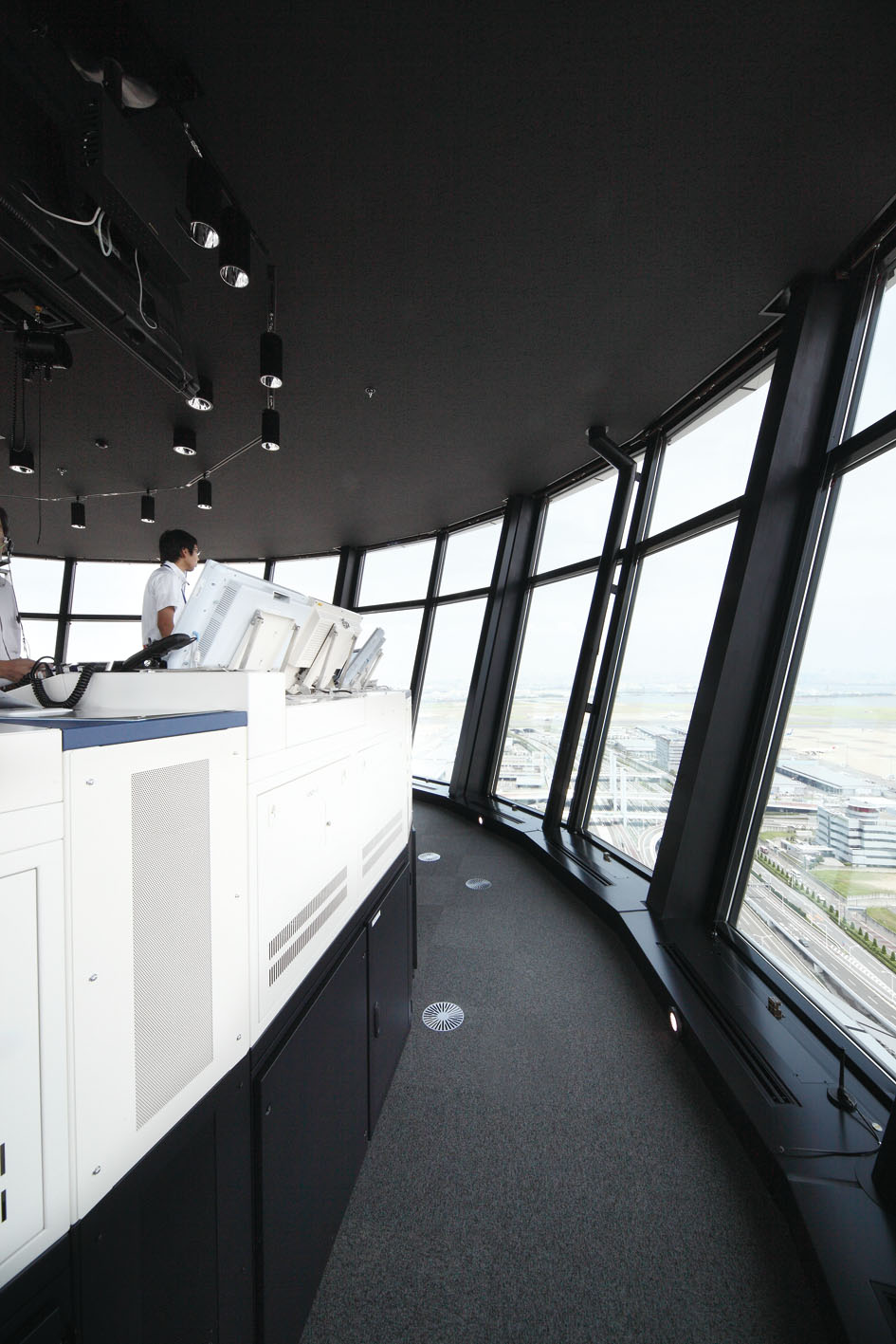
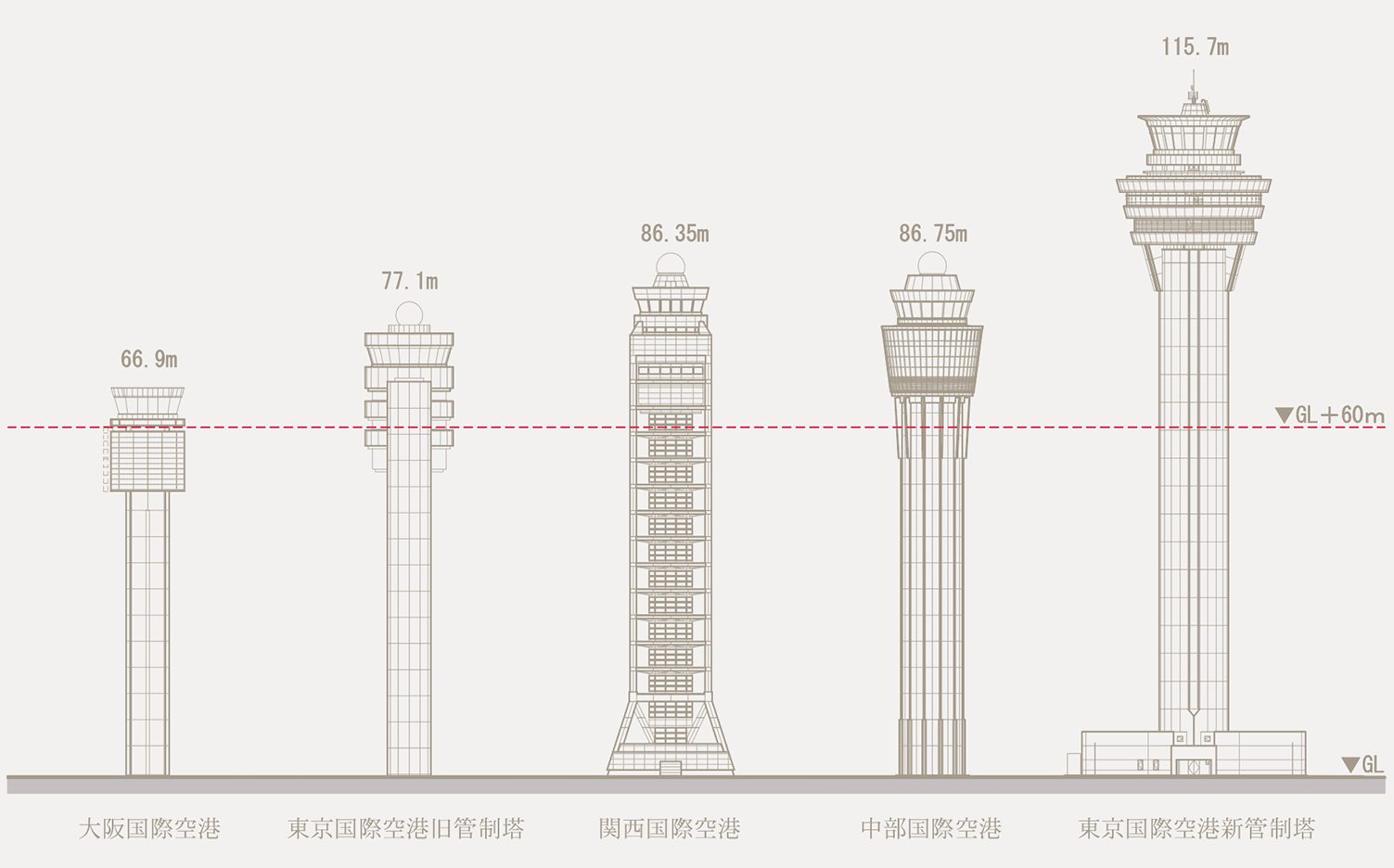
The control room meets high global standards and is designed to remain operational during earthquakes and tsunamis.
The new control tower is not only the tallest in Japan but also boasts the largest control room, approximately 130 square meters. Another distinctive feature of the column-free room is that the floor of the control area is raised and encircled by an aisle. Hiraoka adds, “The idea for this raised floor came directly from the controllers. The 80-centimeter step and the aisle around it improved visibility and also facilitated easier maintenance access for the control equipment.” In the continuously operational Haneda Airport, the control room is always staffed. The design of an elevated control floor with an encompassing pathway enables technical officers to conduct maintenance from the side, ensuring that control operations are uninterrupted. “Initially, the space inside the aisle would have been sufficient for the control room, but expanding its area and incorporating a step, though structurally challenging, was a specific request we aimed to fulfill in our design,” Yasuda recounts. “The control room’s requirements focused intensely on visibility, compel us to deliver precise and clear solutions. Installing seismic isolation devices at a 100-meter height was an unconventional approach among the many innovative strategies we employed. It was a profoundly intense and detailed design period for us.”
Hiraoka, who also contributed to the design of control towers at Chubu Centrair International Airport and Aso Kumamoto Airport , comments, “The purpose of control towers is very specialized, with very clear demands on the architecture. From observing aircraft to withstanding wind and seismic activities, the required specifications for wind pressure resistance of the glass and overall building strength are significantly higher, often 1.5 times more than usual constructions. With high standards to meet and global rules to adhere to, alongside numerous domestic regulations, designing control towers is indeed a complex task.”
The control tower must remain operational to land aircraft or direct them to other locations even amidst an earthquake or tsunami. Controllers stationed in the control room at the tower’s apex work under immense pressure to maintain aerial safety. The new control tower significantly exceeds previous standards in height and breadth, and its design represents a synthesis of accumulated expertise and a fusion between structural and architectural design visions.
